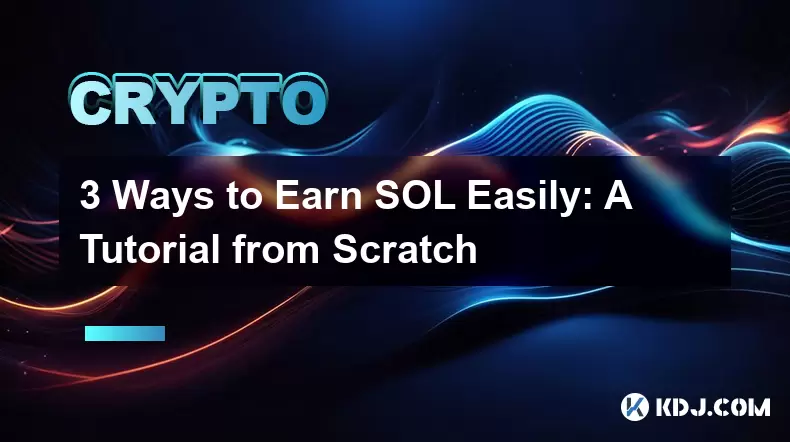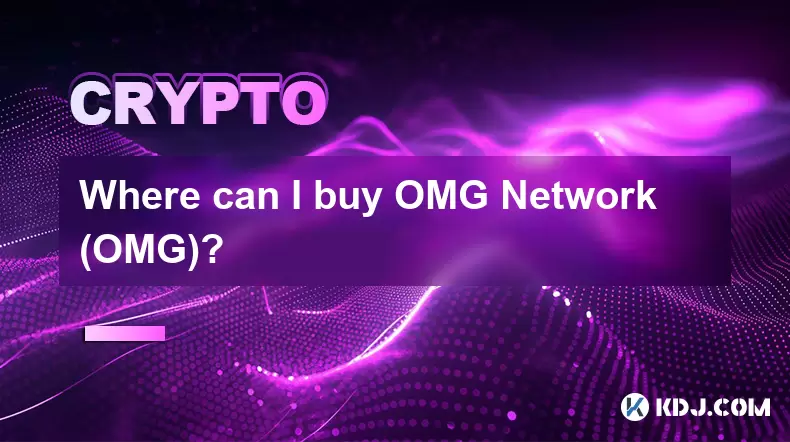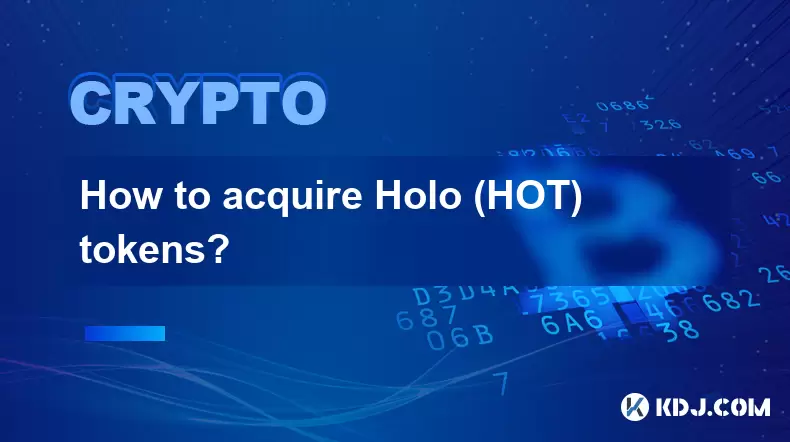-
 Bitcoin
Bitcoin $116700
0.24% -
 Ethereum
Ethereum $3973
4.34% -
 XRP
XRP $3.283
7.68% -
 Tether USDt
Tether USDt $1.000
0.01% -
 BNB
BNB $789.8
2.27% -
 Solana
Solana $176.2
3.31% -
 USDC
USDC $0.9999
0.00% -
 Dogecoin
Dogecoin $0.2238
5.14% -
 TRON
TRON $0.3389
-0.51% -
 Cardano
Cardano $0.7907
4.03% -
 Stellar
Stellar $0.4527
10.02% -
 Hyperliquid
Hyperliquid $41.07
4.27% -
 Sui
Sui $3.794
1.77% -
 Chainlink
Chainlink $19.49
10.40% -
 Bitcoin Cash
Bitcoin Cash $580.9
0.74% -
 Hedera
Hedera $0.2617
4.32% -
 Avalanche
Avalanche $23.41
3.67% -
 Ethena USDe
Ethena USDe $1.001
-0.03% -
 Litecoin
Litecoin $122.4
1.38% -
 Toncoin
Toncoin $3.364
1.49% -
 UNUS SED LEO
UNUS SED LEO $8.988
0.37% -
 Shiba Inu
Shiba Inu $0.00001295
2.82% -
 Uniswap
Uniswap $10.62
5.75% -
 Polkadot
Polkadot $3.922
4.46% -
 Dai
Dai $1.000
0.01% -
 Bitget Token
Bitget Token $4.494
2.15% -
 Monero
Monero $268.0
-1.30% -
 Cronos
Cronos $0.1523
3.68% -
 Pepe
Pepe $0.00001127
4.43% -
 Aave
Aave $285.4
4.85%
3 Ways to Earn SOL Easily: A Tutorial from Scratch
Earn SOL easily through staking, yield farming, and participating in airdrops and bounties, each offering unique ways to grow your cryptocurrency holdings.
Jun 01, 2025 at 03:22 am

Earning Solana (SOL), one of the leading cryptocurrencies in the blockchain ecosystem, can be an exciting venture for both beginners and seasoned investors. This article will guide you through three effective methods to earn SOL easily, starting from scratch. Whether you're looking to increase your holdings or simply dive into the world of cryptocurrency, these strategies will provide you with practical steps to achieve your goals.
Staking SOL for Passive Income
Staking is one of the most straightforward ways to earn SOL passively. By participating in the Solana network's consensus mechanism, you can earn rewards for helping to secure the network.
To begin staking SOL, you'll need to follow these steps:
Choose a staking platform: There are several platforms available, such as Coinbase, Binance, and the official Solana staking portal. Each platform has its own set of fees and minimum staking requirements, so it's important to compare them before deciding.
Create a wallet: If you haven't already, you'll need to set up a Solana-compatible wallet. Popular options include Phantom, Solflare, and Ledger. Follow the respective wallet provider's instructions to create and secure your wallet.
Transfer SOL to your wallet: Purchase SOL from a cryptocurrency exchange and transfer it to your Solana wallet. Ensure you double-check the wallet address to avoid sending your funds to the wrong place.
Delegate your SOL: Navigate to the staking section of your chosen platform. Select a validator to delegate your SOL to. Validators are nodes that process transactions and create new blocks on the Solana blockchain. Research different validators to find one with a good performance record and reasonable fees.
Monitor your rewards: Once your SOL is delegated, you'll start earning staking rewards. These rewards are typically distributed daily or weekly, depending on the platform. Keep an eye on your earnings and adjust your strategy as needed.
Staking SOL not only helps you earn passive income but also contributes to the overall health and security of the Solana network.
Yield Farming with SOL
Yield farming is another popular method to earn SOL, especially for those who are willing to take on more risk for potentially higher returns. This involves providing liquidity to decentralized finance (DeFi) platforms and earning rewards in return.
To start yield farming with SOL, follow these steps:
Research DeFi platforms: Look for reputable DeFi platforms that support SOL, such as Raydium, Orca, and Serum. Each platform offers different pools and reward structures, so take the time to understand which ones align with your risk tolerance and investment goals.
Connect your wallet: Visit the chosen DeFi platform and connect your Solana wallet. This usually involves clicking a "Connect Wallet" button and selecting your wallet provider from a list.
Choose a liquidity pool: Select a liquidity pool that includes SOL. Pools typically pair SOL with other cryptocurrencies, such as USDC or another token. Consider the pool's liquidity, fees, and potential rewards before making a decision.
Provide liquidity: Enter the amount of SOL you wish to provide to the pool. Some pools may require you to provide an equal value of the paired token. Confirm the transaction in your wallet to add your funds to the pool.
Earn rewards: Once your liquidity is added, you'll start earning rewards based on the pool's yield. These rewards can be in the form of SOL, the paired token, or a combination of both. You can claim your rewards at any time, but be aware that withdrawing your liquidity may incur fees.
Yield farming can be lucrative, but it's important to stay informed about the risks, such as impermanent loss and smart contract vulnerabilities.
Participating in Airdrops and Bounties
Airdrops and bounties are another way to earn SOL, often requiring minimal effort. These opportunities are typically offered by new projects looking to distribute their tokens and build a community.
To take advantage of SOL airdrops and bounties, follow these steps:
Stay updated on new projects: Follow Solana-focused social media channels, forums, and newsletters to stay informed about upcoming airdrops and bounties. Websites like CoinMarketCap and CoinGecko often list upcoming airdrops.
Create a Solana wallet: If you haven't already, set up a Solana wallet as described in the staking section. Ensure your wallet is secure and backed up.
Participate in airdrops: When you find an airdrop opportunity, follow the project's instructions to claim your tokens. This may involve visiting their website, connecting your wallet, and completing simple tasks like sharing a tweet or joining a Telegram group.
Engage in bounties: Bounties often require more effort, such as writing articles, creating videos, or contributing to the project's codebase. Check the project's bounty program for specific tasks and rewards. Complete the tasks and submit your work according to the guidelines to earn your SOL.
Claim your rewards: Once you've completed the required tasks, follow the project's instructions to claim your SOL rewards. Ensure you meet any deadlines and follow all instructions carefully to avoid missing out.
Airdrops and bounties can be a fun and rewarding way to earn SOL, especially for those who enjoy engaging with new projects and communities.
Frequently Asked Questions
Q: Is staking SOL safe?
A: Staking SOL can be considered safe as long as you choose reputable platforms and validators. Always research the platform's security measures and the validator's performance before delegating your SOL. Additionally, using a hardware wallet can provide an extra layer of security for your funds.
Q: How much can I earn from yield farming with SOL?
A: The amount you can earn from yield farming with SOL varies depending on the platform, the liquidity pool, and market conditions. Some pools offer high yields but come with higher risks, while others may offer more stable but lower returns. It's important to do thorough research and understand the potential rewards and risks before participating.
Q: Are there any risks associated with airdrops and bounties?
A: Yes, there are risks involved with airdrops and bounties. Some projects may be scams designed to steal your personal information or funds. Always verify the legitimacy of a project before participating. Additionally, airdrops and bounties often require sharing personal information or completing tasks, so be cautious about the data you provide.
Q: Can I combine these methods to earn more SOL?
A: Yes, you can combine these methods to potentially earn more SOL. For example, you could stake some of your SOL while using the rest for yield farming. Additionally, participating in airdrops and bounties can provide extra SOL without requiring a significant investment. However, always consider the risks and ensure you're not overcommitting your funds.
Disclaimer:info@kdj.com
The information provided is not trading advice. kdj.com does not assume any responsibility for any investments made based on the information provided in this article. Cryptocurrencies are highly volatile and it is highly recommended that you invest with caution after thorough research!
If you believe that the content used on this website infringes your copyright, please contact us immediately (info@kdj.com) and we will delete it promptly.
- Token Buybacks, Onchain Data, and Developers: What's Buzzing in Crypto
- 2025-08-09 05:10:15
- Coinbase at Oppenheimer Conference: A Glimpse into the Future of Crypto Trading
- 2025-08-09 04:50:14
- Pepe Price Prediction: Can the Meme Coin Maintain Its Momentum?
- 2025-08-09 05:15:24
- Bitcoin, Ethereum, XRP in 2032: Crystal Ball Gazing or Calculated Prediction?
- 2025-08-09 04:30:14
- Bitcoin, Ethereum, and Support Levels: Navigating the Crypto Landscape
- 2025-08-09 04:30:14
- Roman Storm, Funding Effort, and the Looming Defense Retrial: A New York Minute on the Tornado Cash Case
- 2025-08-09 02:50:14
Related knowledge

Where can I buy UMA (UMA)?
Aug 07,2025 at 06:42pm
Understanding UMA and Its Role in Decentralized FinanceUMA (Universal Market Access) is an Ethereum-based decentralized finance (DeFi) protocol design...

What is the best app to buy Nano (NANO)?
Aug 09,2025 at 03:35am
Understanding Nano (NANO) and Its Unique FeaturesNano is a feeless, instant cryptocurrency designed for fast peer-to-peer transactions. Unlike many ot...

Where can I purchase Siacoin (SC)?
Aug 08,2025 at 11:14am
Understanding Siacoin (SC) and Its Role in the Sia NetworkSiacoin (SC) is the native cryptocurrency of the Sia decentralized cloud storage platform, a...

Where can I buy OMG Network (OMG)?
Aug 08,2025 at 12:57pm
Understanding OMG Network (OMG) and Its PurposeThe OMG Network, originally known as OmiseGO, is a layer-2 scaling solution built on the Ethereum block...

What exchanges support buying IOTA (MIOTA)?
Aug 07,2025 at 09:58pm
Understanding the Role of Private Keys in Cryptocurrency SecurityIn the world of cryptocurrency, private keys are the cornerstone of ownership and con...

How to acquire Holo (HOT) tokens?
Aug 08,2025 at 05:56am
Understanding Holo (HOT) and Its EcosystemHolo (HOT) is a cryptocurrency token associated with the Holo ecosystem, which is built on the Holochain fra...

Where can I buy UMA (UMA)?
Aug 07,2025 at 06:42pm
Understanding UMA and Its Role in Decentralized FinanceUMA (Universal Market Access) is an Ethereum-based decentralized finance (DeFi) protocol design...

What is the best app to buy Nano (NANO)?
Aug 09,2025 at 03:35am
Understanding Nano (NANO) and Its Unique FeaturesNano is a feeless, instant cryptocurrency designed for fast peer-to-peer transactions. Unlike many ot...

Where can I purchase Siacoin (SC)?
Aug 08,2025 at 11:14am
Understanding Siacoin (SC) and Its Role in the Sia NetworkSiacoin (SC) is the native cryptocurrency of the Sia decentralized cloud storage platform, a...

Where can I buy OMG Network (OMG)?
Aug 08,2025 at 12:57pm
Understanding OMG Network (OMG) and Its PurposeThe OMG Network, originally known as OmiseGO, is a layer-2 scaling solution built on the Ethereum block...

What exchanges support buying IOTA (MIOTA)?
Aug 07,2025 at 09:58pm
Understanding the Role of Private Keys in Cryptocurrency SecurityIn the world of cryptocurrency, private keys are the cornerstone of ownership and con...

How to acquire Holo (HOT) tokens?
Aug 08,2025 at 05:56am
Understanding Holo (HOT) and Its EcosystemHolo (HOT) is a cryptocurrency token associated with the Holo ecosystem, which is built on the Holochain fra...
See all articles

























































































